Ray Caesar reinventa el surrealismo en clave tridimensional, fusionando tecnología, memoria y extrañeza para construir un universo perturbadoramente bello donde lo humano y lo fantástico se entrelazan sin límites.
El surrealismo pop de Ray Caesar. Es una figura singular en el universo del arte digital contemporáneo. Su obra se sitúa en un cruce entre el surrealismo clásico y la tecnología tridimensional más puntera, generando un universo visual tan perturbador como fascinante.
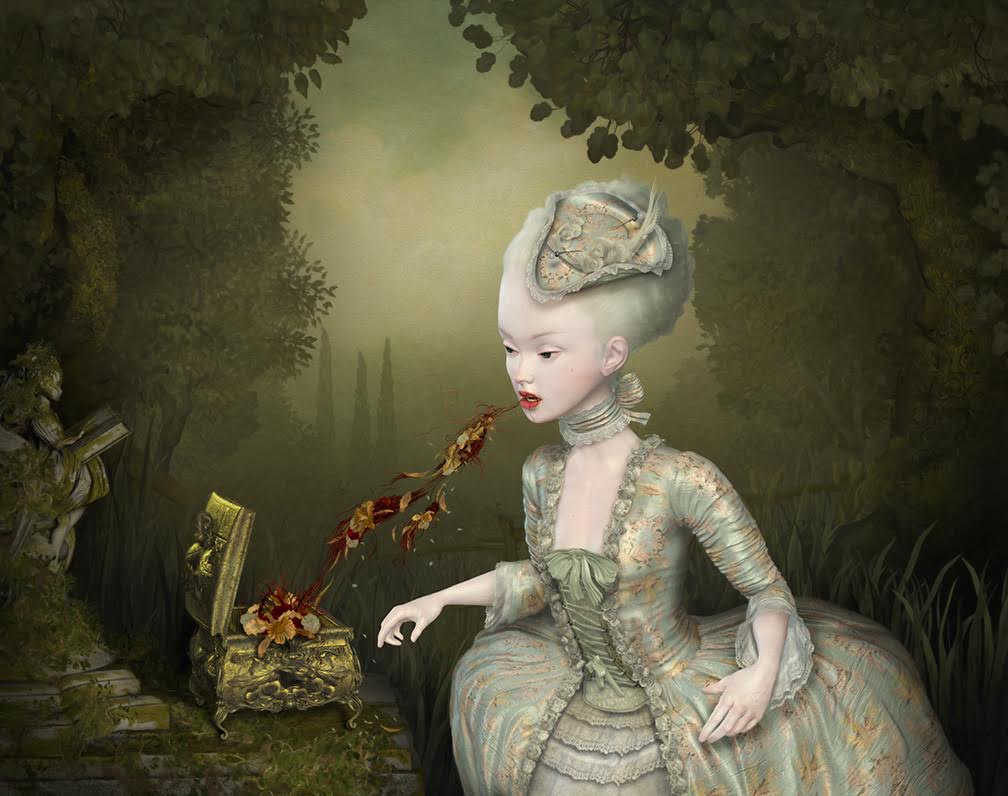
Artista canadiense de origen británico, Caesar se describe con ironía y extrañeza: según él, nació como un perro. Esta anécdota, más que una extravagancia, funciona como clave interpretativa de su imaginario: un mundo donde lo real y lo fantástico se funden sin pedir permiso.
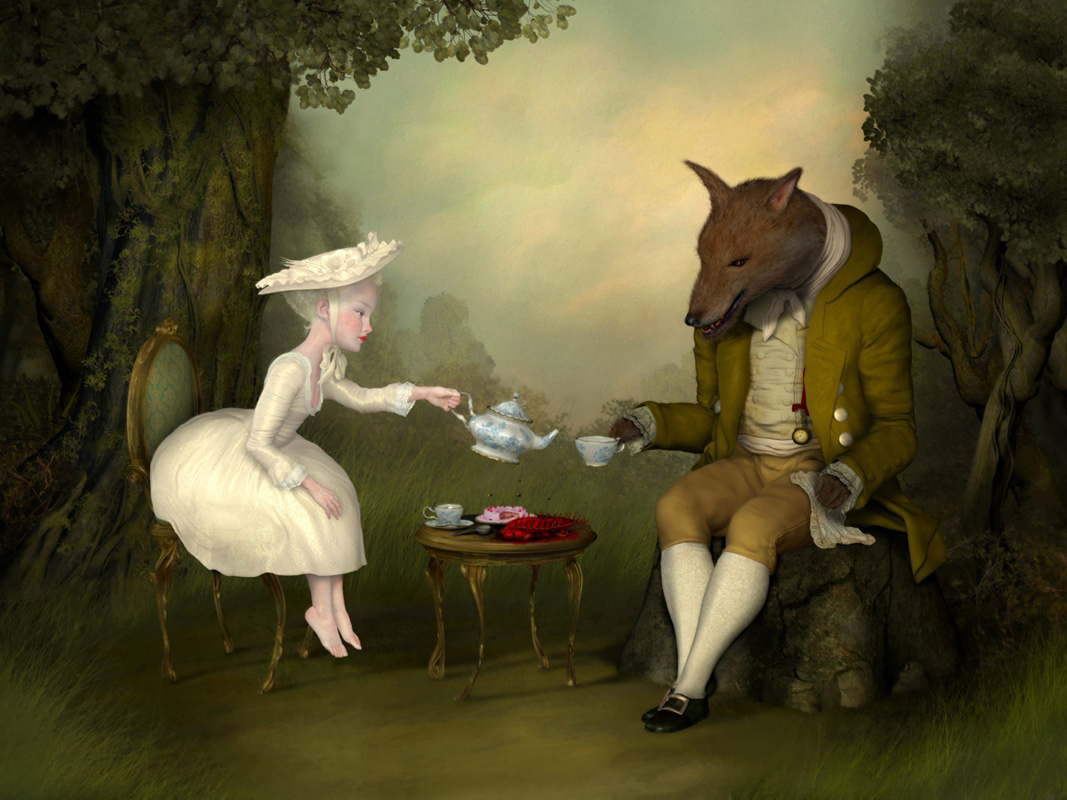
Mediante un meticuloso proceso digital, Caesar modela criaturas etéreas, de mirada ambigua y piel traslúcida, que habitan escenarios teatrales de extraña belleza. Utiliza software de modelado 3D para construir cuerpos que luego recubre con texturas fotográficas pintadas, como si cada personaje fuese una escultura digital vestida con retazos de memoria.
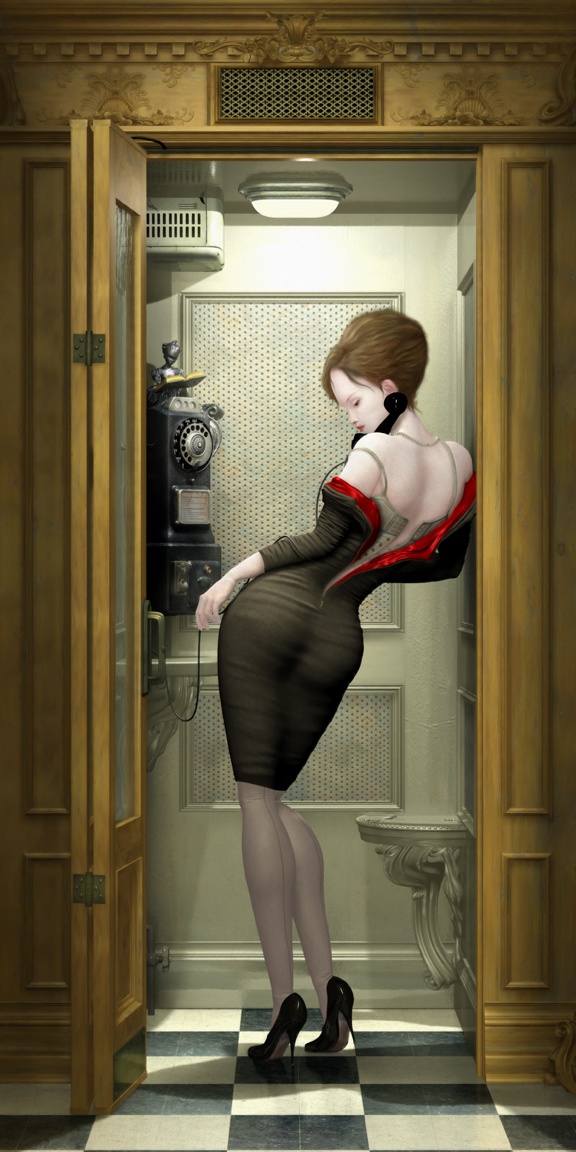
Su técnica, precisa y obsesiva, le permite manipular digitalmente huesos virtuales, iluminar escenas con luces imposibles y generar atmósferas que oscilan entre el sueño lúcido y la pesadilla barroca.
Las figuras que pueblan sus composiciones recuerdan a muñecas victorianas poseídas por una conciencia posthumana. Hay en ellas una tensión constante entre la inocencia infantil y la oscuridad latente: rostros angelicales que esconden deseos o traumas, cuerpos idealizados que revelan una fragilidad inquietante.
En este sentido, su obra no solo interpela lo visual, sino que toca fibras más profundas: el deseo, la identidad, lo grotesco y lo sublime.
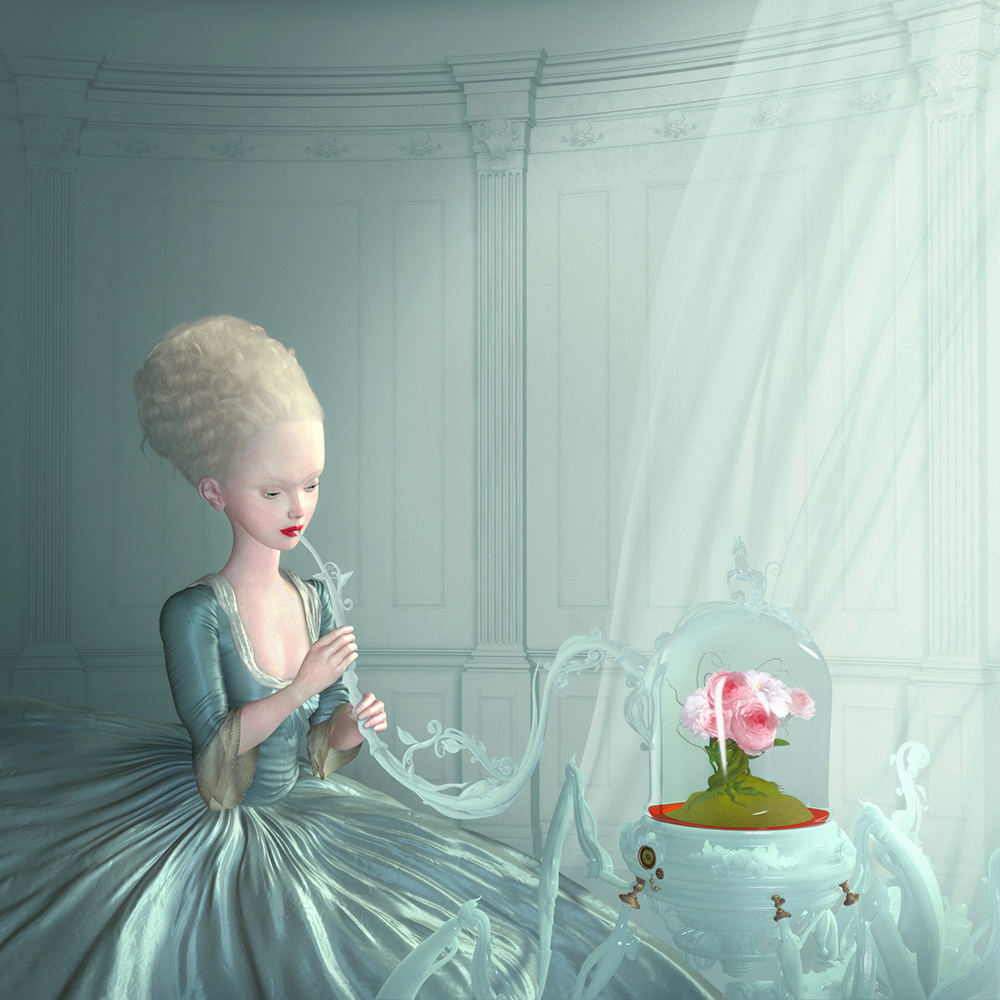
Ray Caesar no solo domina la técnica digital con maestría; la trasciende. Su trabajo convierte la pantalla en un espejo oscuro donde se reflejan nuestros anhelos, temores y contradicciones. En un mundo saturado de imágenes efímeras, su arte se impone como una experiencia íntima, compleja y profundamente humana, pese —o gracias— a su origen virtual. Un verdadero surrealista del siglo XXI.

“Nací en Londres, Inglaterra, el 26 de octubre de 1958, el más joven de cuatro y para sorpresa de mis padres, nací un perro. Este desafortunado giro de los eventos pronto fue aceptado dentro de mi familia y nunca más fue mencionado en presencia de una compañía educada «.
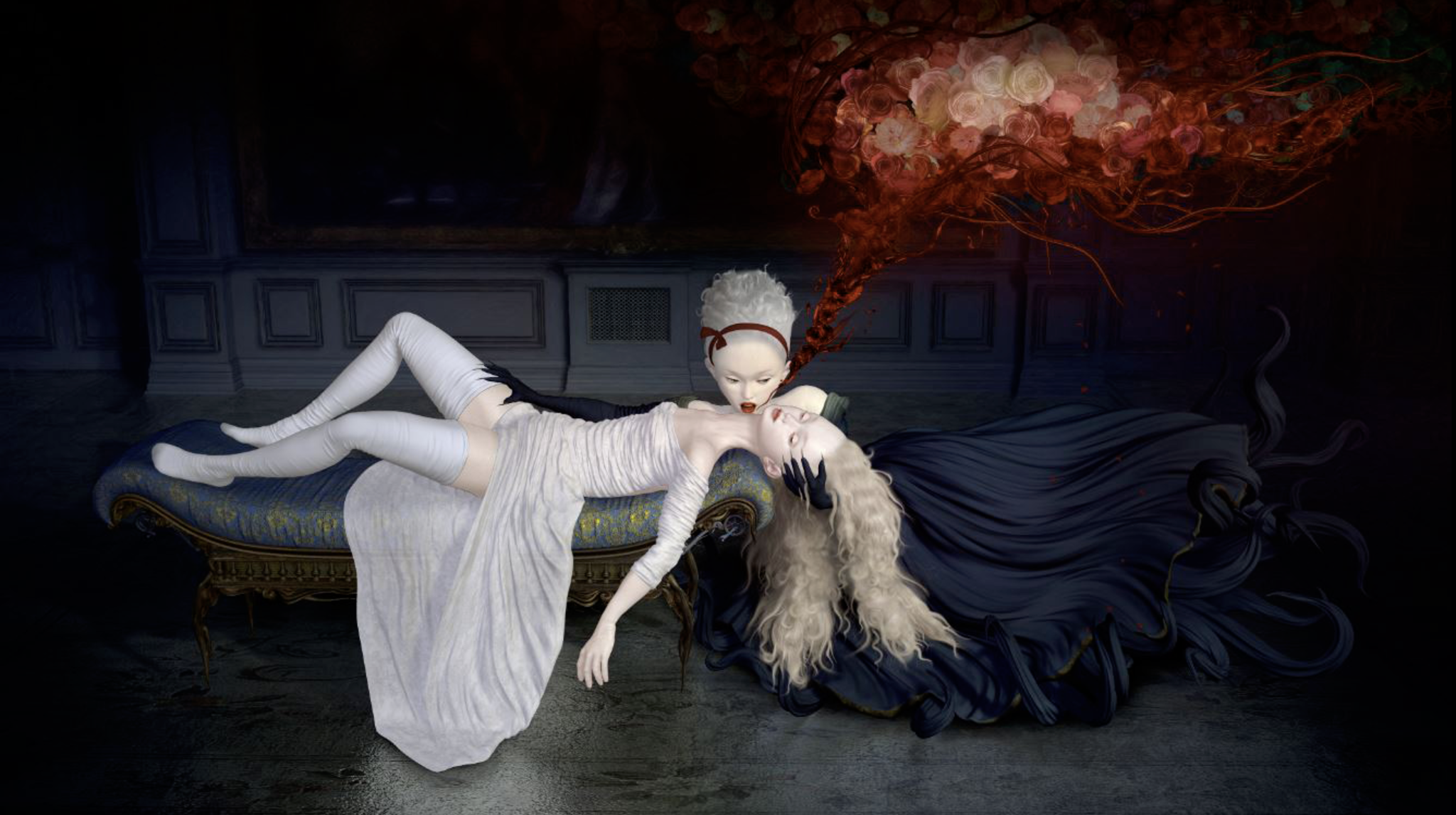
“A medida que se imprime mi trabajo, a menudo me preguntan sobre mi original, pero existe solo en el ordenador en un mundo dimensional de profundidad, ancho y alto. Me fascina el concepto de que este espacio tridimensional existe como otra realidad y, aunque apago el ordenador, me obsesiona el hecho de que este espacio todavía existe en una probabilidad matemática, y el espacio en el que vivimos. Ahora podría no ser tan diferente«

Ray, ¿de dónde sacas tu inspiración?
Tengo casi 60 años y gran parte de mi inspiración proviene de mi pasado y mi infancia. Crecí en un entorno volátil y abusivo y las imágenes se convirtieron en un mecanismo de defensa y ahora, más de medio siglo después, es una reflexión reflexiva sobre mi propio pasado que tiene una fuente inagotable de ímpetu para lo que hago.
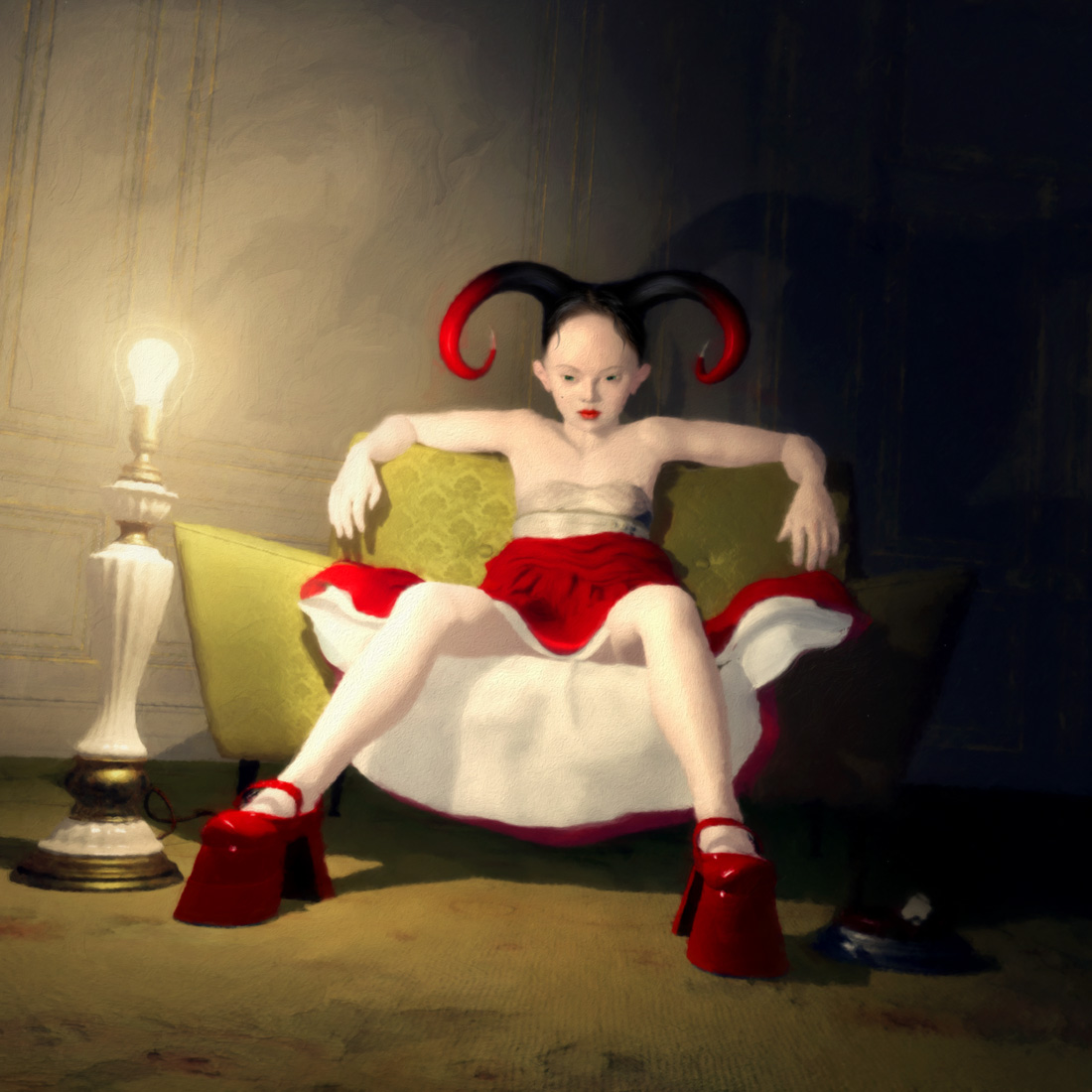
¿Cuál es la importancia y la influencia entre tu fondo cultural (país, estudios, etc.) y tus obras de arte?
Crecí en Inglaterra y, finalmente, emigré a Canadá y conocí a mi esposa cuando tenía quince años, es de Japón y he vivido vagamente dentro de su cultura durante la mayor parte de mi vida. Pasé 17 años trabajando en un difícil trabajo en un hospital infantil y muchos años en la industria del cine.
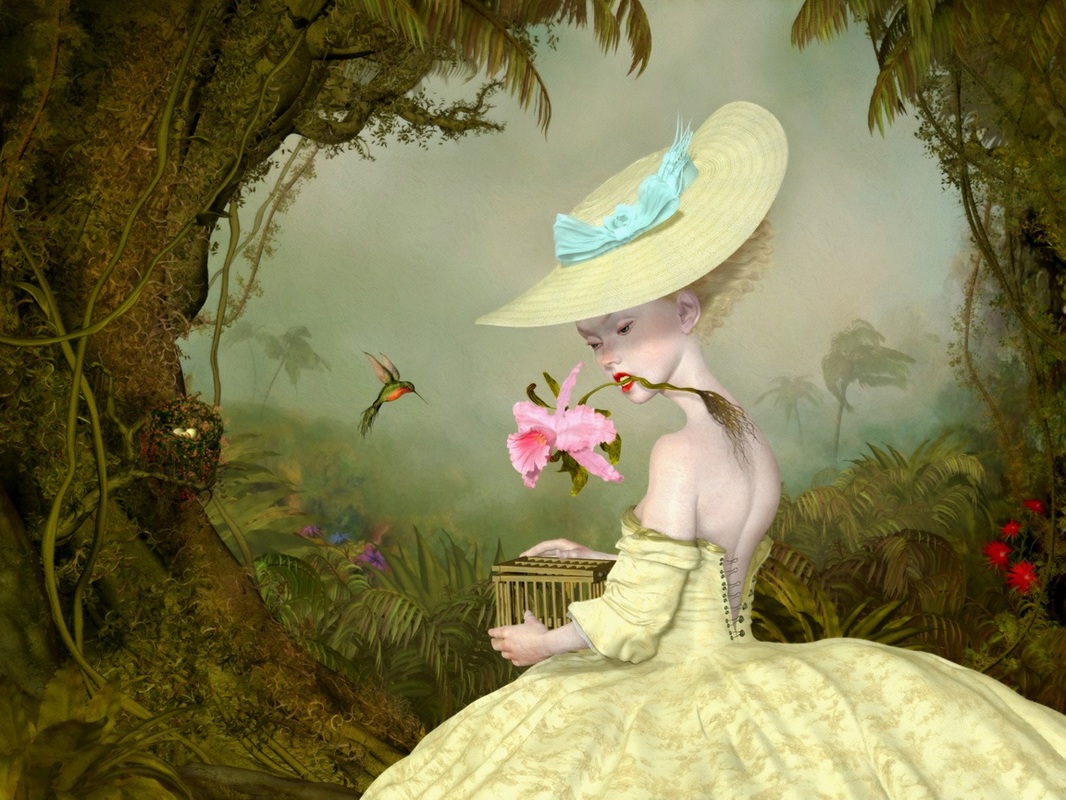
Todas estas cosas y mi propia fluidez de género y el trauma psicológico desde la infancia no solo se suman a mi trabajo, sino que son la base de por qué me comunico en imágenes … mi trabajo es un reflejo absoluto de cómo me veo a mí mismo, a mi memoria pasada y a mi esperanza. el futuro. De alguna manera, mi trabajo no es diferente de escribir un diario o un libro de mi vida … simplemente no sé el final todavía, así que tendré que seguir trabajando hasta que se presente un buen final.
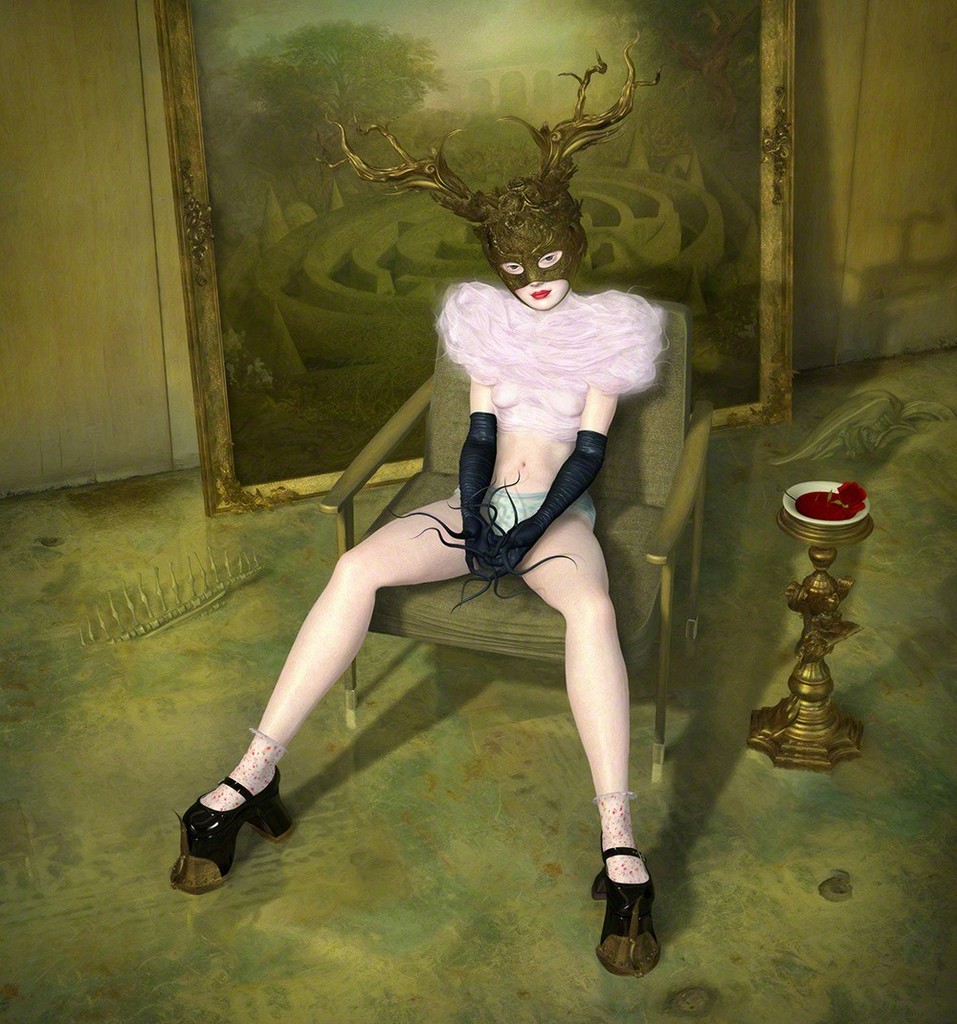
¿En qué estás enfocado?
Mi trabajo es un intento de definirme. No tenemos control sobre cómo los demás nos definen, pero podemos intentar definir nuestra propia existencia y eso nos lleva a cómo definimos a los demás. Uso las imágenes como una forma de presentar una imagen mental espiritual positiva de quién soy y una expresión de cómo veo mi mundo.

¿Has encontrado alguna dificultad cuando comenzaste tu carrera de arte / freelance?
Sólo de mí mismo. Elegí no mostrar mi trabajo durante más de 25 años, ya que no entendía mi obsesión por hacer imágenes. Durante muchos años pensé que esta práctica no era saludable ya que usé cada momento de vigilia en una especie de sueño sin fin, obsesivo, tratando de hacer imágenes de lo que finalmente entendí que era un paracosmo que desarrollé como un mecanismo de afrontamiento en la infancia.
Después de la muerte de varias personas de mi familia, dejé un trabajo muy lucrativo en la industria del cine y empecé a hacer fotos para mí mismo nuevamente. Fue durante este tiempo que también me sometí a muchos años de psicoterapia … y eso fue lo más difícil. Ha habido otros desafíos menores al vivir de esta manera, pero los he disfrutado y abrazado ya que finalmente estaba haciendo lo que amaba para bien o para mal.
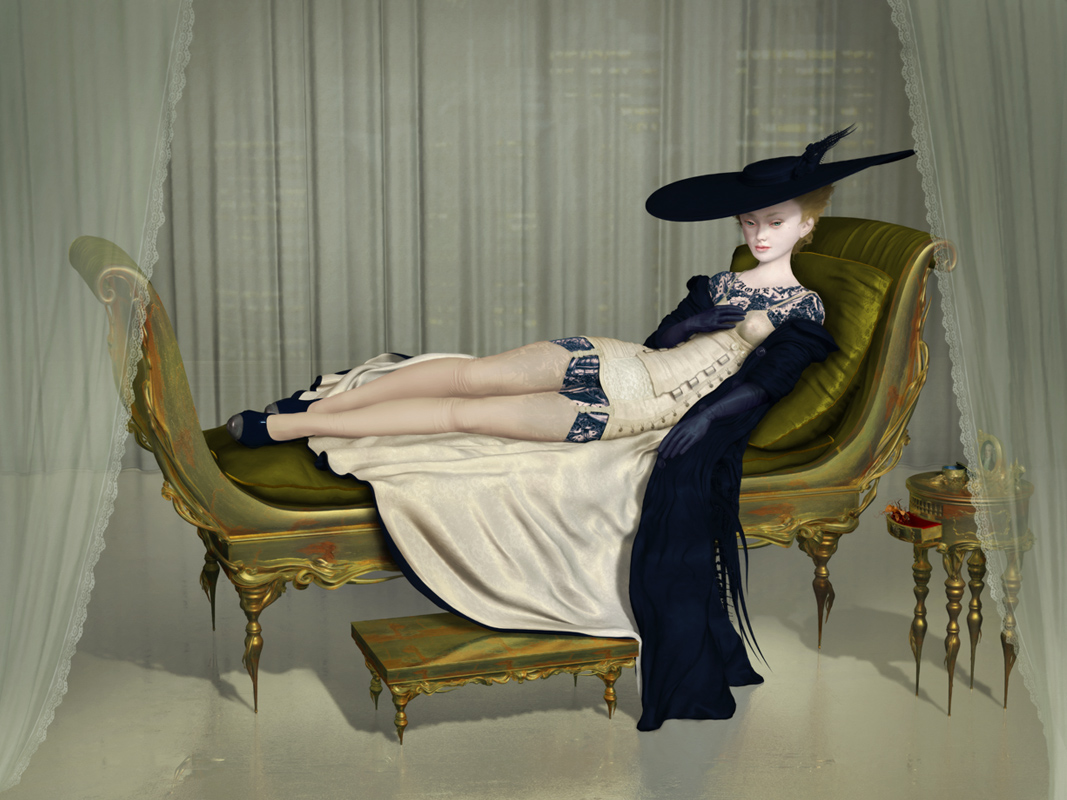
A lo largo de estos años, ¿qué es lo más importante que ha aprendido de su profesión?
¡No pensar en ello como una profesión o como una carrera! Pienso en ello como una extensión o reflejo de mí mismo. Esto es lo que hago … ¡incluso cuando no puedo hacerlo! Y hay que hacer otras cosas. Tengo en cuenta que hacer del arte un reflejo de quién soy yo es el tejido esencial de mis existencias, ya que me ayuda a comprender este extraño mundo en el que vivimos.
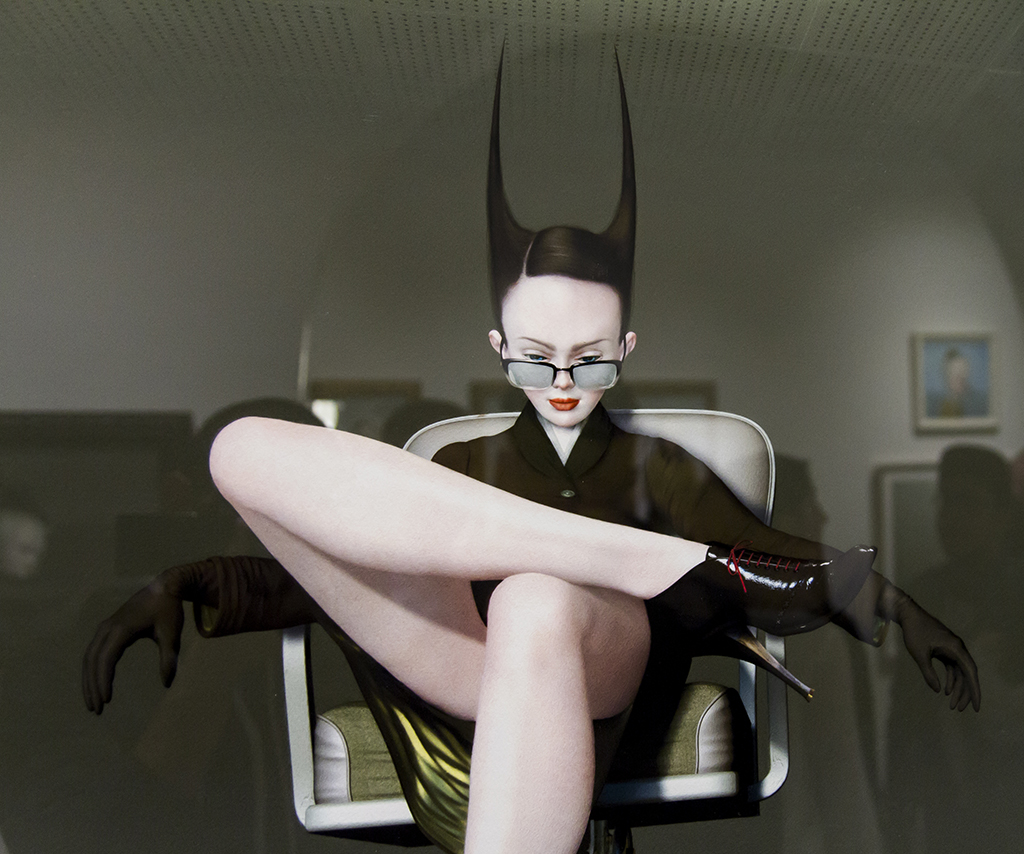
No puedo enfatizar que es tan importante seguir lo que te gusta hacer … ¿Y si esta es la única vida que tenemos? ¿Quieres gastarlo haciendo lo que odias o lo que amas? … incluso el esfuerzo por tratar de hacer lo que amas es mejor que ceder a hacer lo que odias … ¡confía en mí en eso!
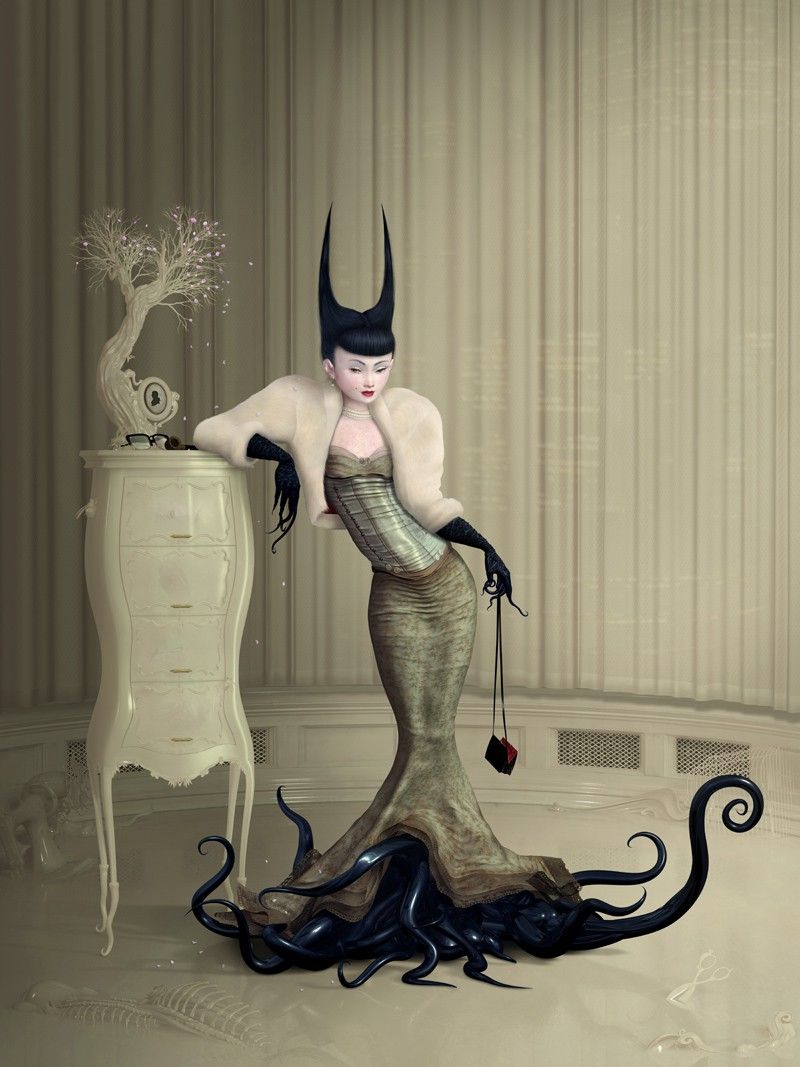
¿Crees que un trabajo creativo es solo creatividad o disciplina también?
La disciplina es importante en todos los aspectos de la vida, pero también lo es divertirse y hacer lo que uno disfruta. La disciplina es simplemente una práctica de pequeñas rutinas que puede desarrollar y mantener o cambiar según esas rutinas lo ayuden o lo obstaculicen.
Cuando estoy en mi mejor momento creativo, estoy jugando .. Juego como un niño que no tiene en cuenta a nadie ni a ninguna otra cosa y crea sin pensamiento, miedo o juicio.
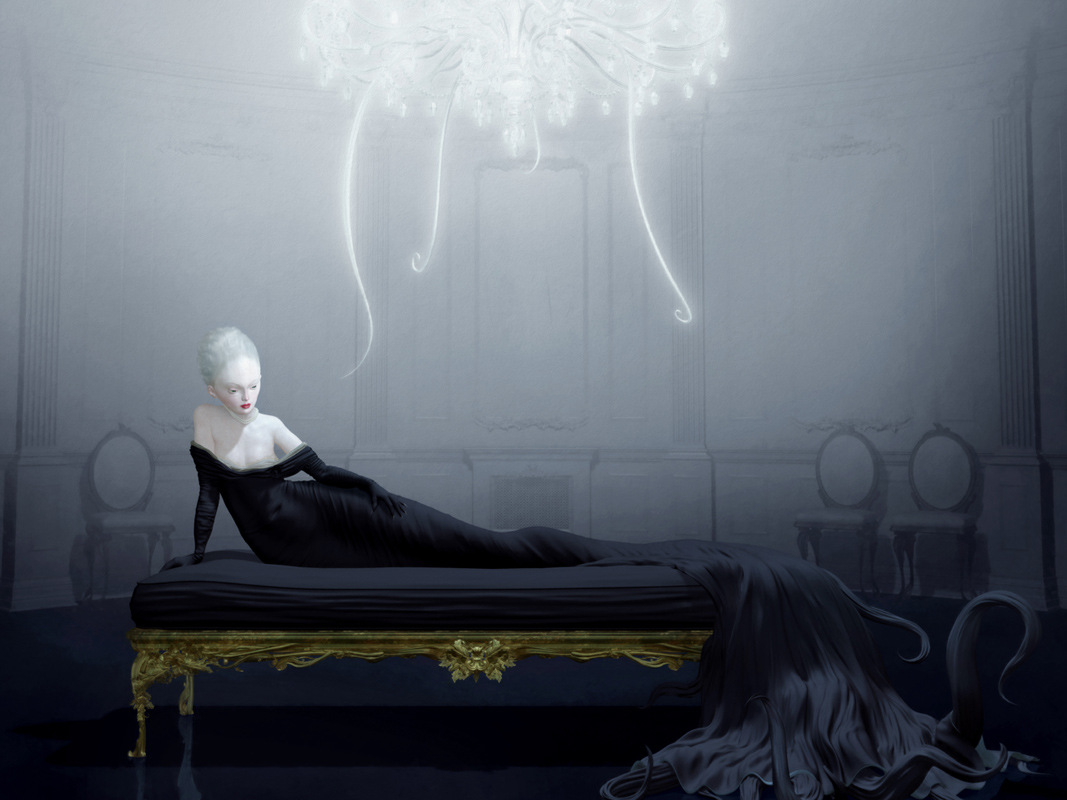
Puedes disciplinarte a ti mismo para abandonar el miedo por una tarde y pasar unas horas jugando dibujando o pensando o simplemente soñando despierto. La disciplina no siempre se trata de hacer más trabajo o sudar por algo para lograrlo. La disciplina también puede consistir en darse tiempo para crear de manera intuitiva en un entorno sin juicios ni temores y simplemente dejarse llevar.
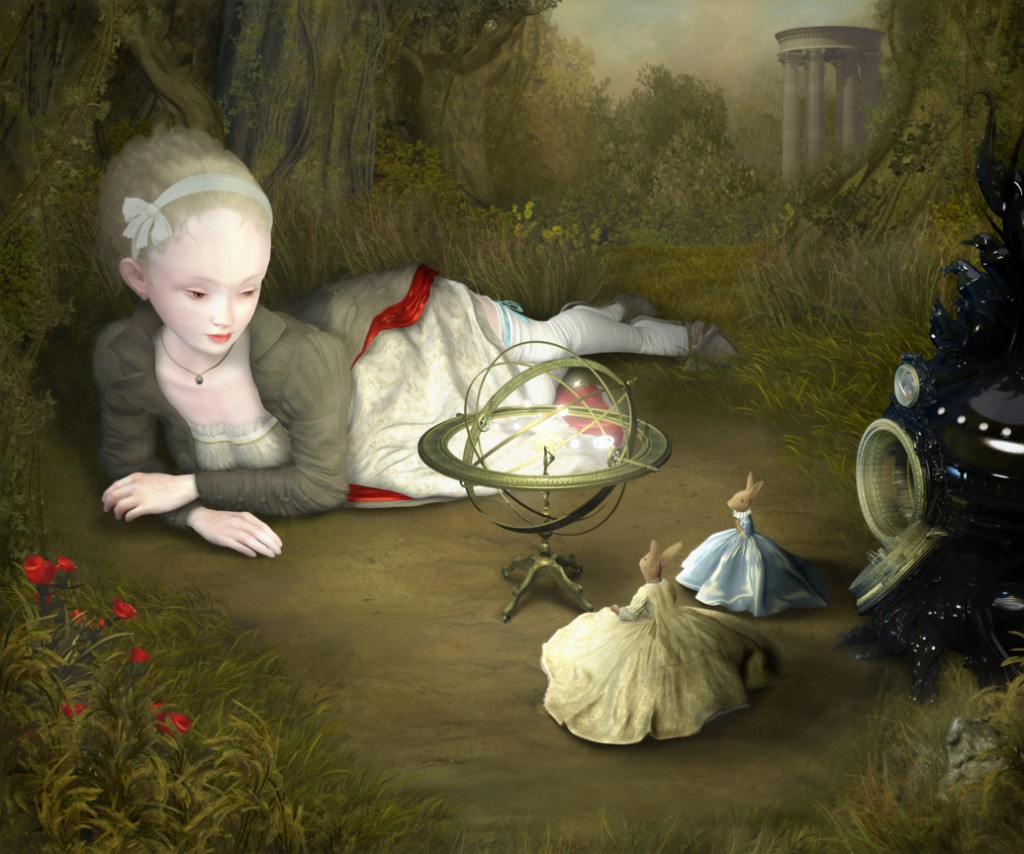
«De alguna manera, mi trabajo no es diferente a de escribir un diario o un libro de mi vida … simplemente no sé el final todavía, así que tendré que seguir trabajando hasta que se presente un buen final”
El surrealismo pop de Ray Caesar. Por Mónica Csacanueces.
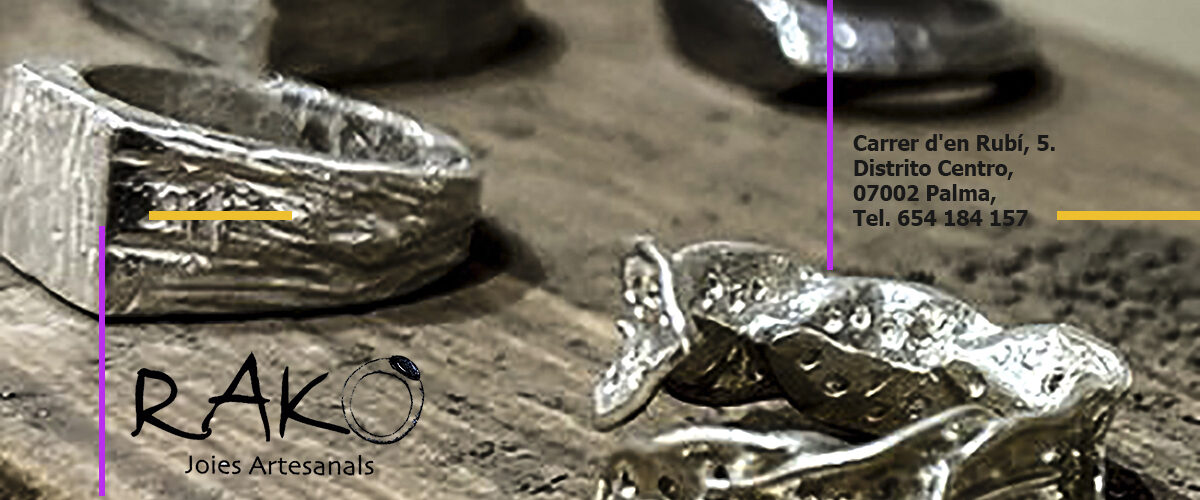
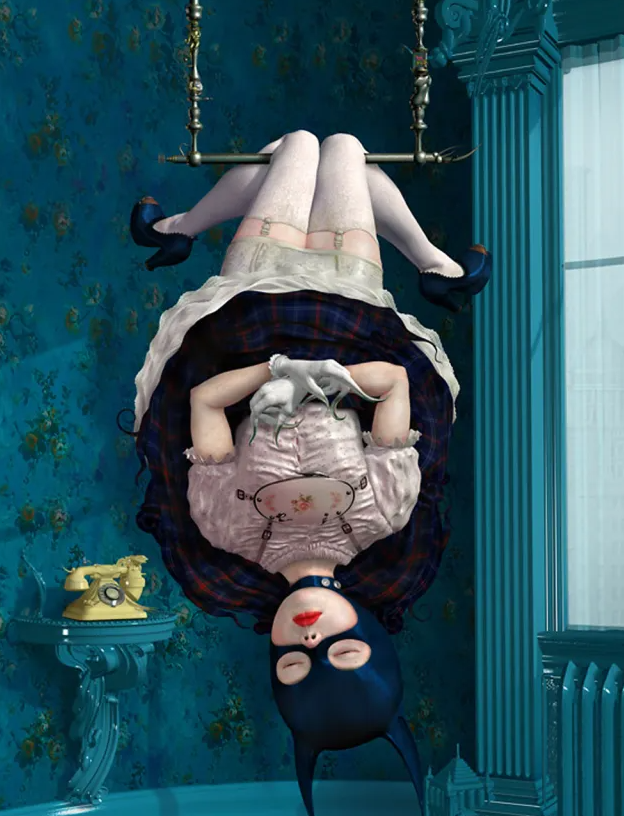
A technically flawless and conceptually mind-blowing work